
In 2024, LNG imports into the European Union (EU) dropped by 16%, reaching the lowest level in over a decade. The decline in LNG imports Europe reflects the EU’s reduced gas demand, which has fallen to an 11-year low. This shift raises significant questions about the future of LNG infrastructure and energy security as the region adapts to lower gas consumption and pushes for a green energy transition.
Underutilized LNG Terminals Raise Concerns Over Overinvestment
Despite adding significant LNG import capacity in recent years, the EU’s regasification terminals remain underused. In 2024, terminals operated at just 42% of their capacity. The EU added around 50 billion cubic meters of annual LNG import capacity since 2022, mainly in countries like Germany, the Netherlands, and Italy. However, demand remains low, and the investment might soon be wasted. The Institute for Energy Economics and Financial Analysis (IEEFA) predicts that by 2030, only 30% of total capacity will be utilized.
This trend highlights the risk of overinvestment in LNG infrastructure, especially with the ongoing transition to renewable energy. If demand continues to decline, the region could be left with stranded assets, a concern for European policymakers.
U.S.-EU Trade Talks Amid Geopolitical Pressure
The EU also faces mounting geopolitical pressure, particularly from the United States. While LNG imports from the U.S. increased, Europe still imports a substantial amount of LNG from Russia. This situation complicates the EU’s strategy to reduce reliance on Russian energy. U.S. President Donald Trump has previously threatened to impose tariffs unless Europe significantly increases LNG imports from the U.S.
To address these concerns, Maroš Šefčovič, the EU’s Vice President for Trade, is traveling to Washington this week to meet U.S. officials. He will discuss energy trade, including the future of LNG imports. These talks come at a time when the EU strives to balance energy security with its goal of decreasing fossil fuel dependence by 2027.
EU Energy Strategy in Focus
As the EU’s energy demand continues to decrease, the European Commission is closely monitoring LNG imports and their role in the region’s energy strategy. In the wake of Russia’s invasion of Ukraine, European gas demand has already dropped by 20%. The EU continues to invest in renewable energy sources, aiming to reduce its reliance on fossil fuels and shift towards more sustainable energy.
The Commission’s spokesperson, Anna-Kaisa Itkonen, emphasized that future energy plans will reflect current trends in LNG consumption and gas demand. Europe is progressing towards a greener energy future, but careful management of LNG infrastructure will be critical to avoid overcapacity and financial losses.


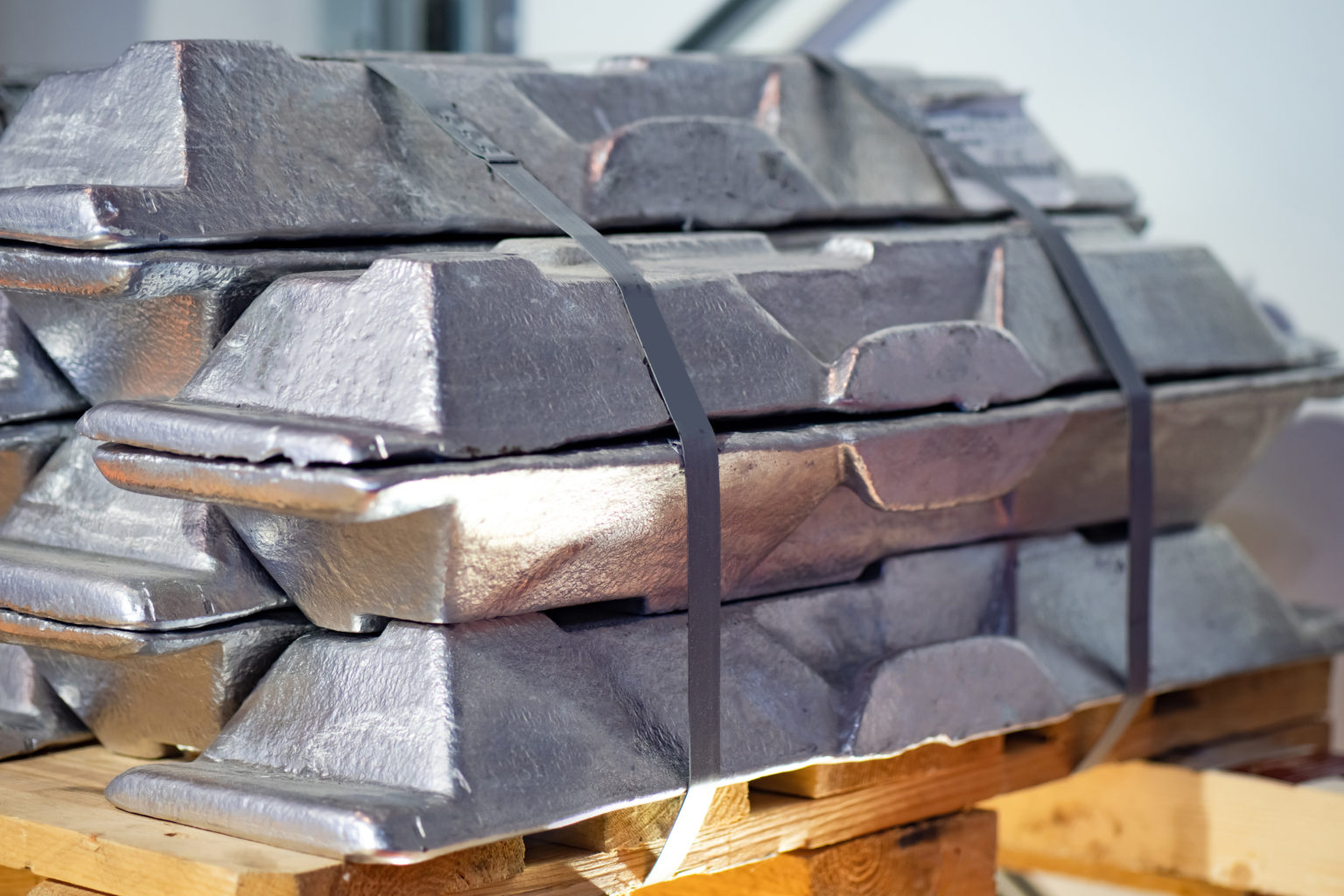
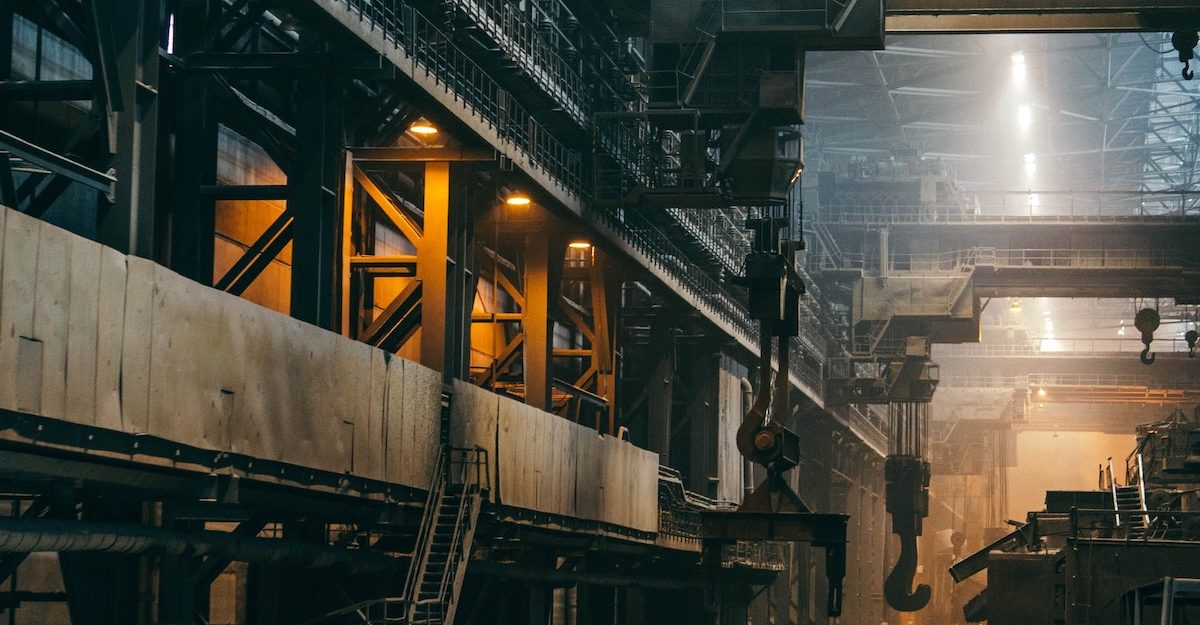



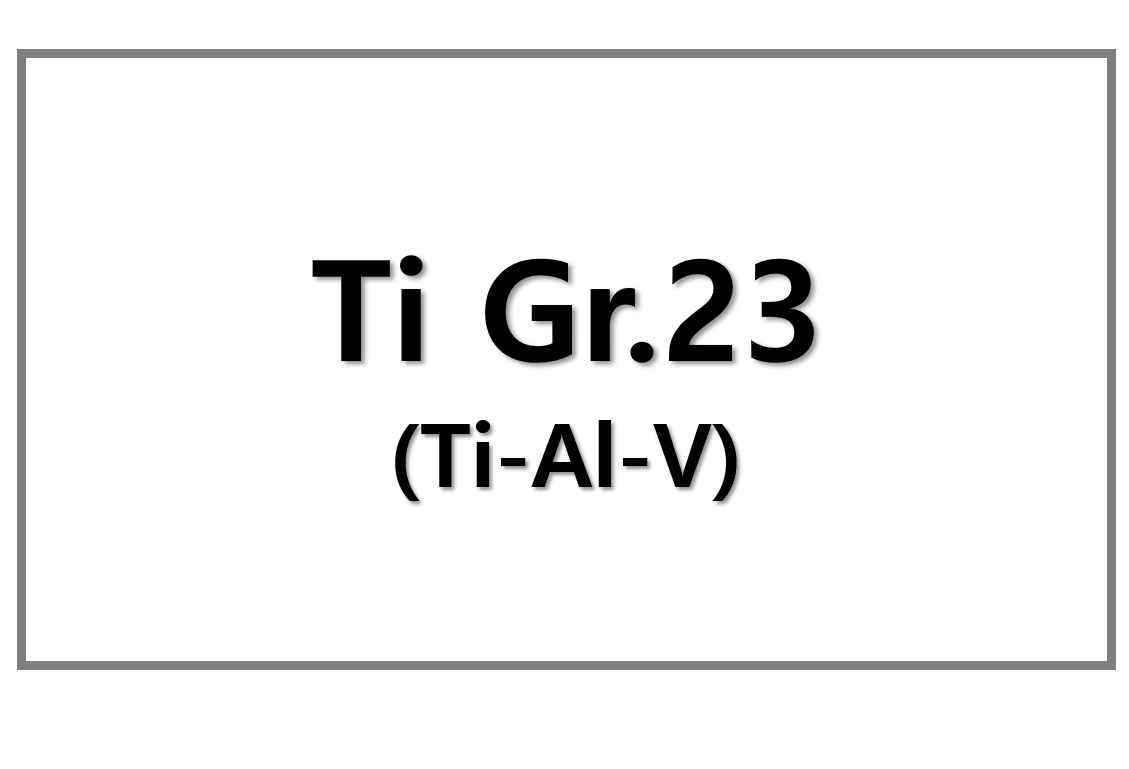
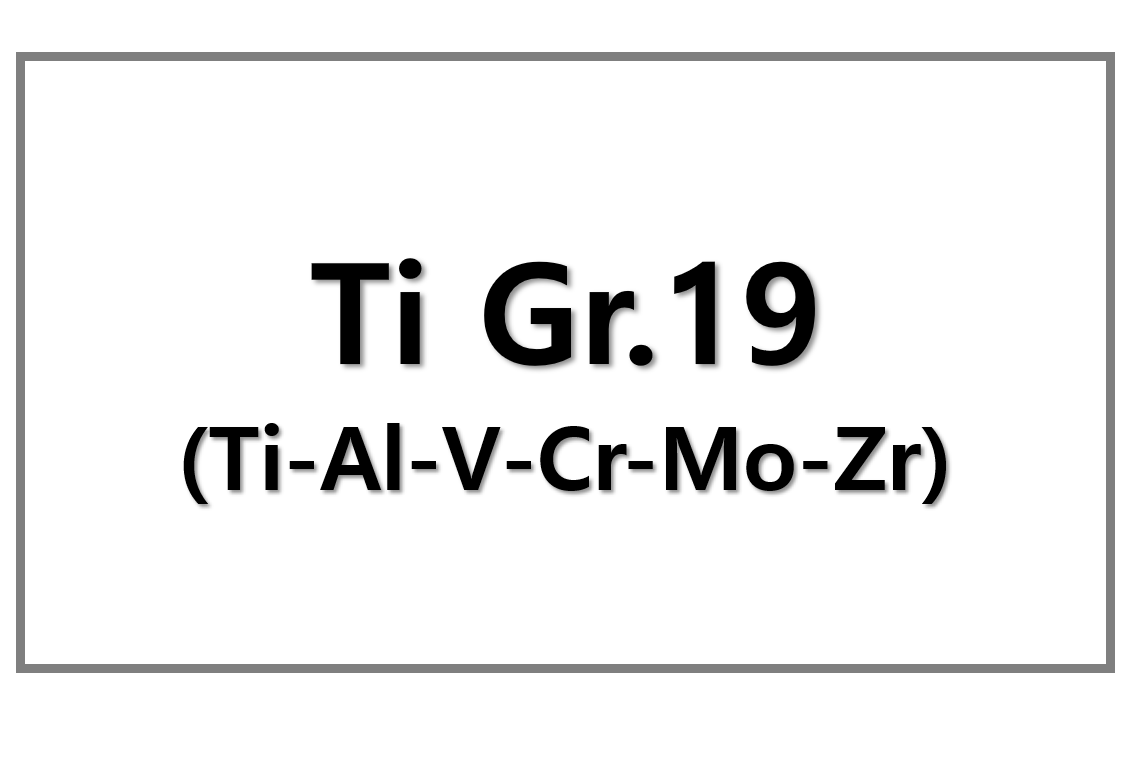
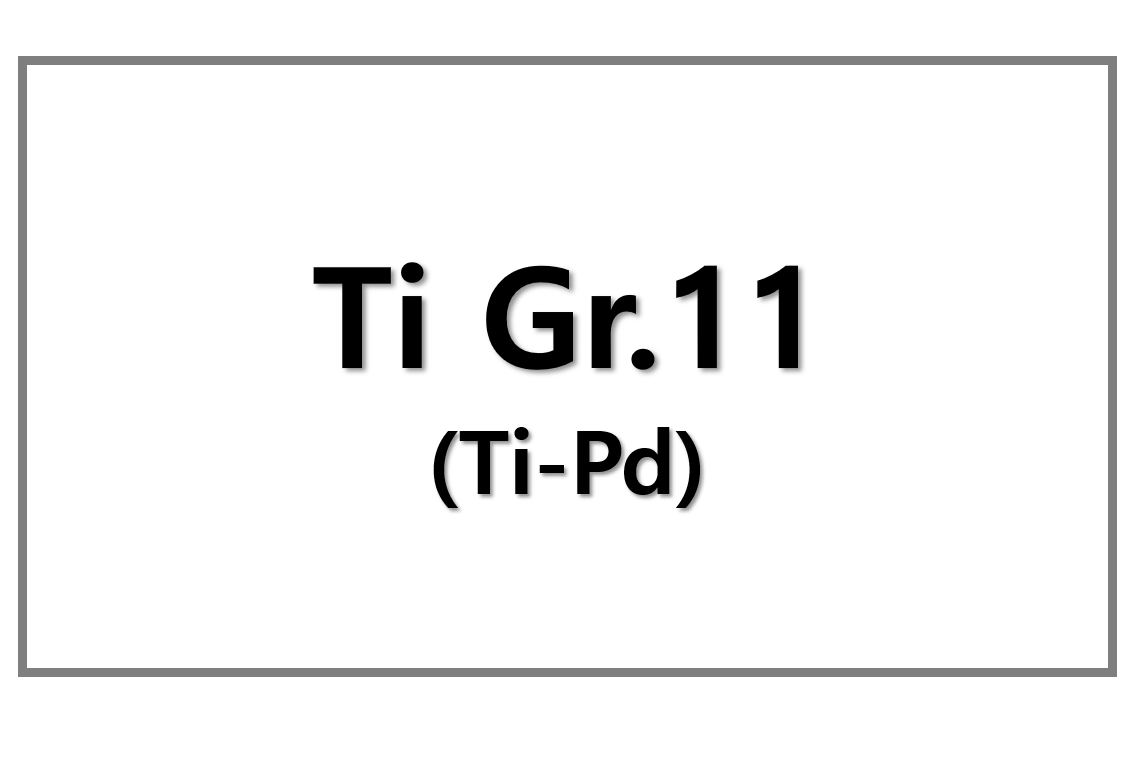
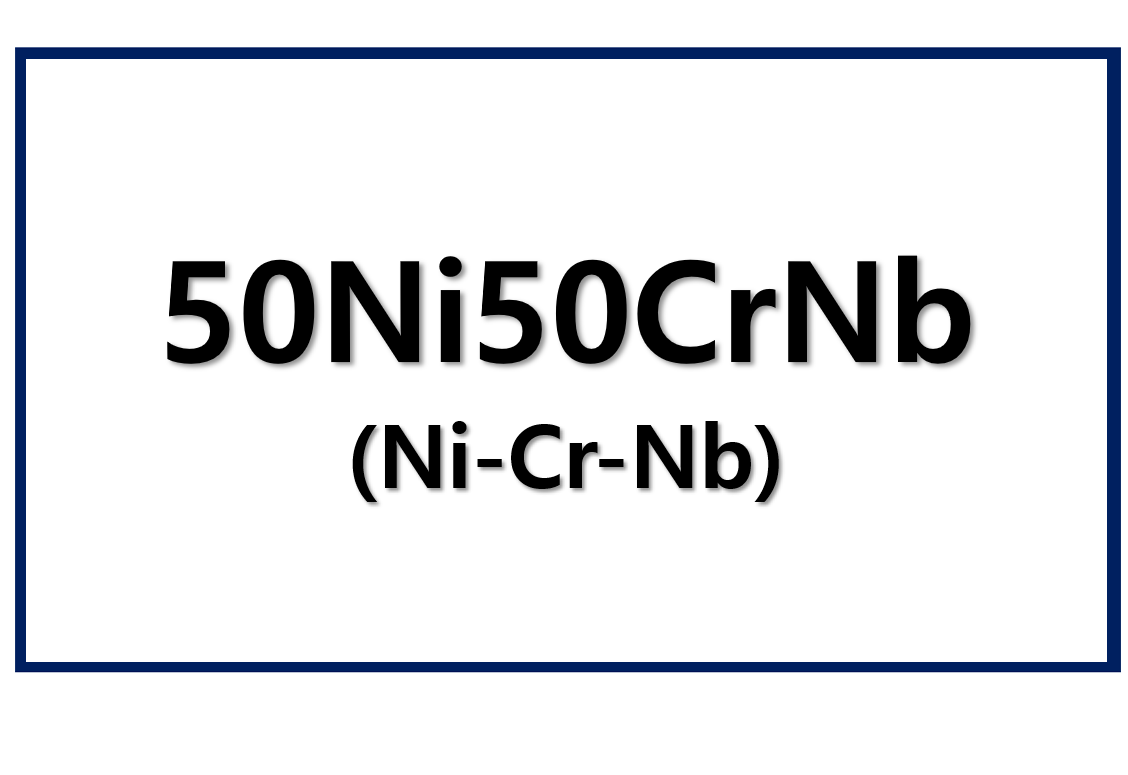
Leave a Reply
You must be logged in to post a comment.